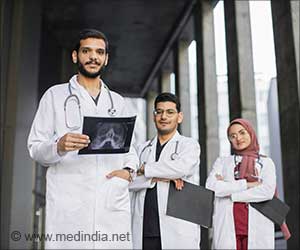A new study found that people's bodily responses while watching presidential campaign ads, and discovered another way that people avoid political information and opinions that challenge their beliefs.

In the last days of the 2008 campaign, researchers had people watch a variety of actual ads for Republican presidential candidate John McCain and his Democratic rival Barack Obama while the viewers' heart rates, skin conductance and activation of facial muscles were monitored.
The results showed that partisan participants reacted strongly to ads featuring their favored candidate, but barely responded to ads featuring the rival candidate.
"If people are exposed to information in ads regarding a candidate they oppose, they respond by basically tuning out," Wang said.
"A lot of research has shown that, behaviorally, we tend to selectively expose ourselves to information that reinforces our existing opinions. But this study further suggests that even when exposed to information, our attention to what is presented is highly selective, as well," she said.
In comparison, people who didn't favor one candidate over the other showed similar physiological response patterns and intensity to ads for both Obama and McCain.
Advertisement
The study involved 15 college students who came to Wang's laboratory in October 2008. They were hooked up with electrodes that measured four physiological responses: heart rate, skin conductance (a way to measure sweating, which is related to how stimulated and alert the person is), and muscle movements around the cheekbone and around the eyebrows.
Advertisement
Source-ANI









